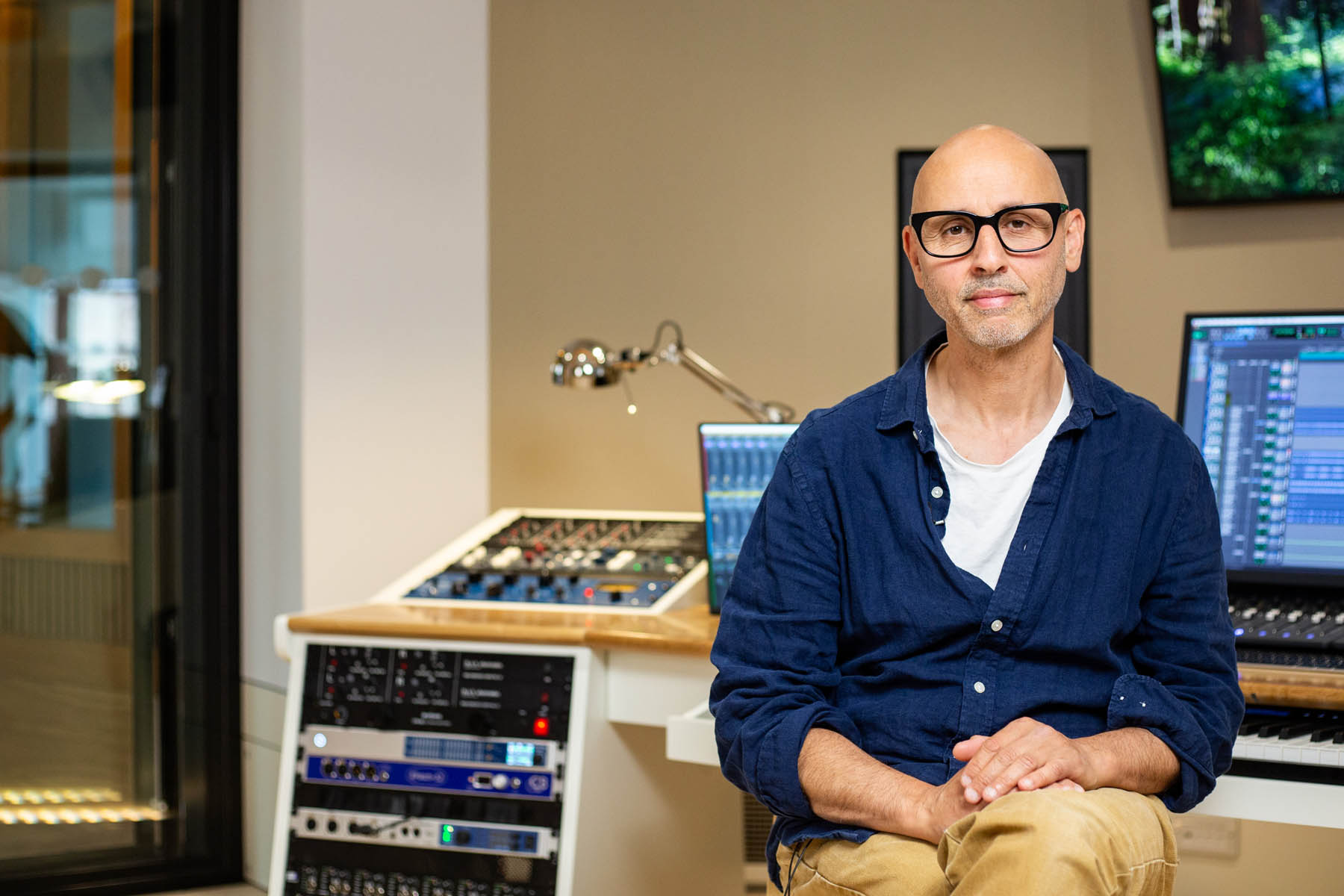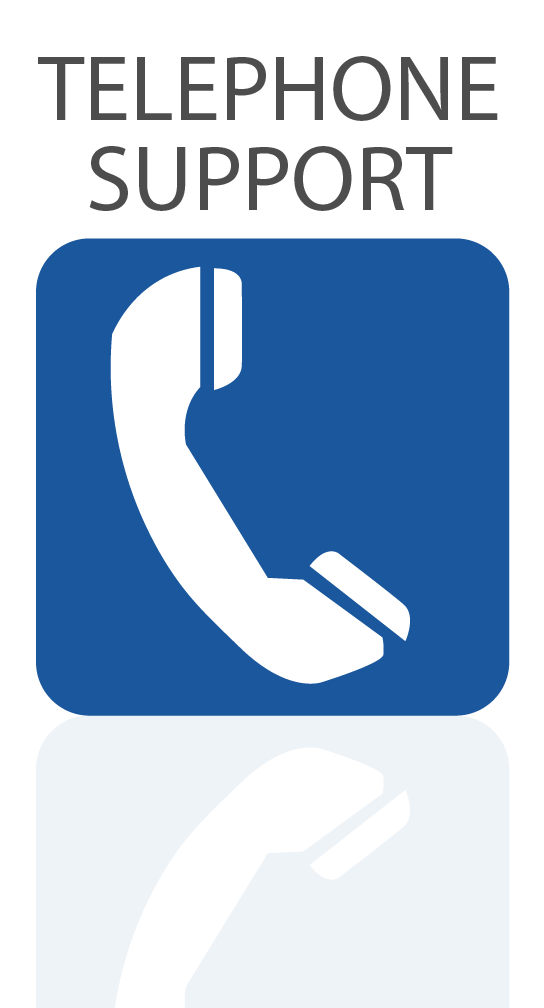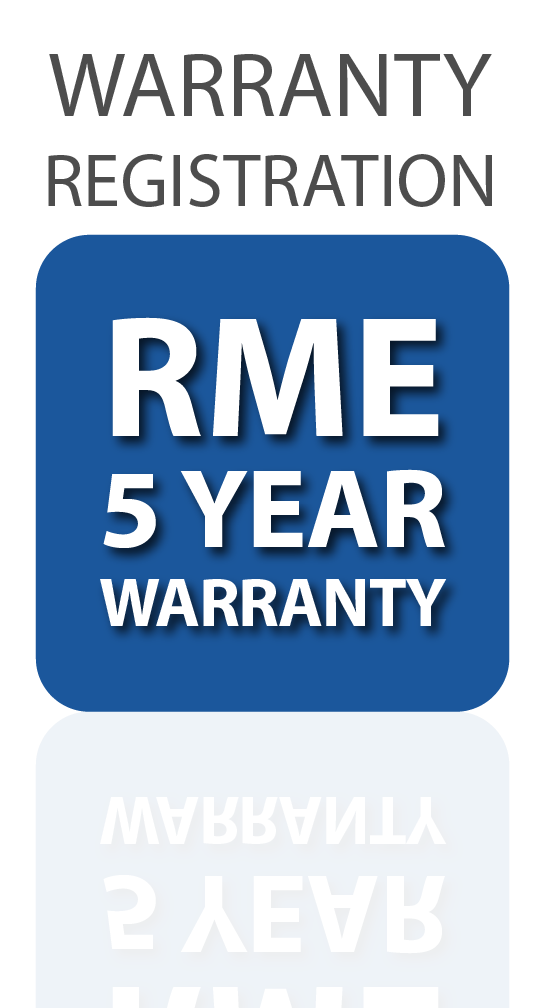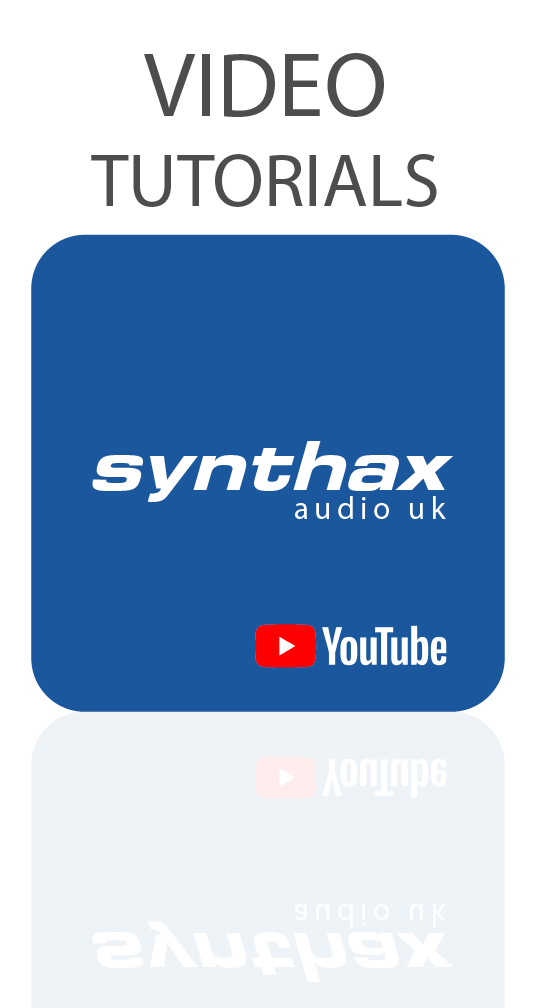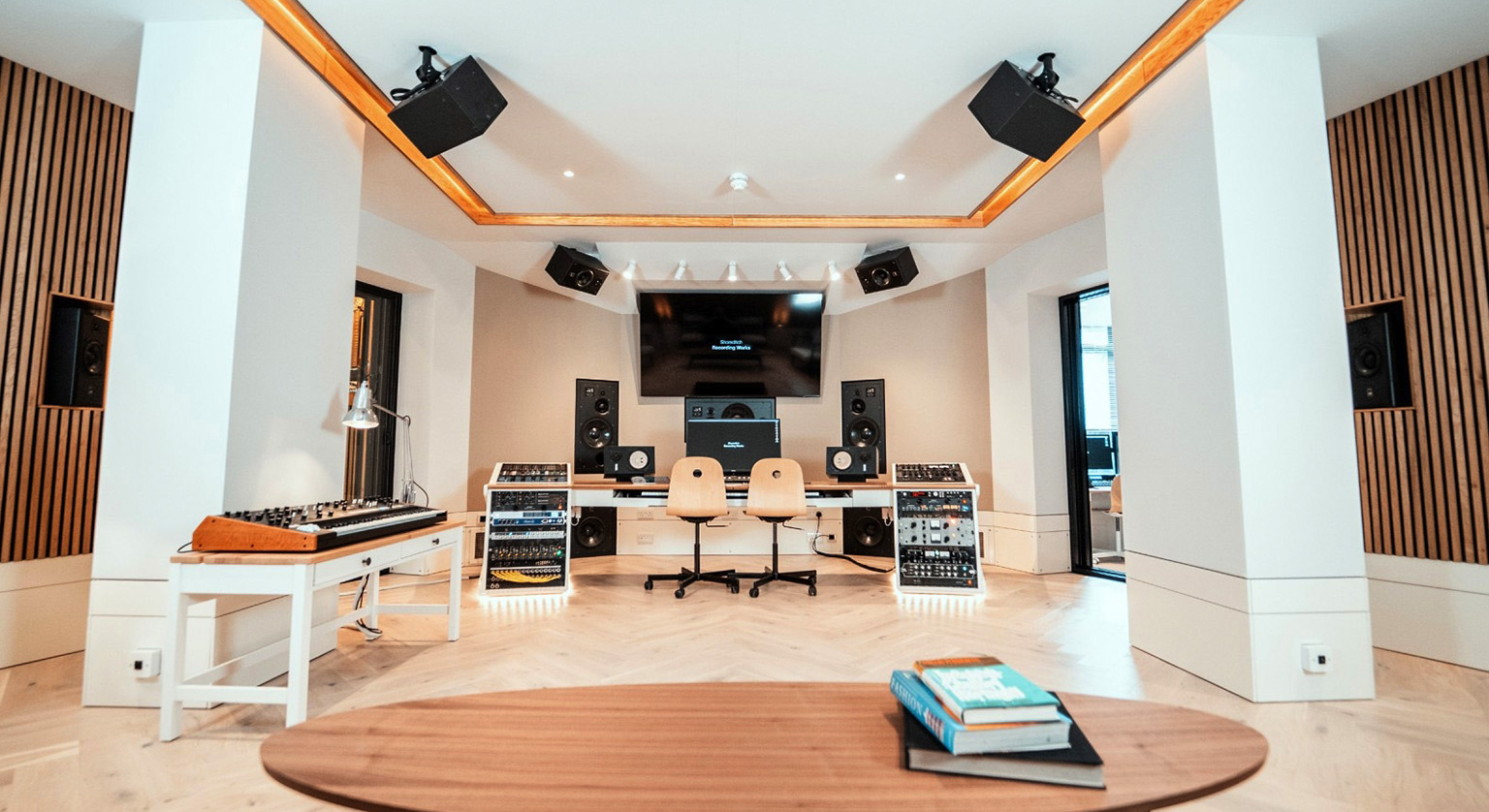
Film & TV Composer Dominik Scherrer takes us inside his new recording studio
Award-winning TV composer Dominik Scherrer recently opened Shoreditch Recording Works, a purpose-built studio nestled in East London’s creative hub.
Designed to meet the high demands of modern film and TV scoring, the studio balances flexibility, pristine acoustics and future-proof technology – with RME’s MADI ecosystem at its core. We sat down with Dominik to explore the space, learn more about his scoring process, and why he chose a workflow without an analogue desk.
A Composer’s Path
“Shoreditch Recording Works is a new studio we built for myself and for others who want to record here,” Dominik begins.
From his roots in arthouse cinema to composing high-profile dramas such as The Tourist, The Missing, Ripper Street, Miss Austen and The Assassin, Dominik’s work blends orchestral elegance with electronic textures.
But despite his long list of credits, it’s somewhat reassuring to hear he still has doubts about his work.
“Actually when you are working, you always feel like you are a complete amateur,” Dominik explains. “Because you encounter so many situations where you don’t really know what you’re doing. But that’s part of the excitement of the job. You have new challenges every time.
“Each production is different. Each script is different. When you first read it, you might find yourself going ‘ooh, I actually don’t know how is this going to work.’
“But that’s the challenge. How can I make this project exciting? How can we lead into the core of this story? And there are many ways of doing it, and in the end you choose one way. And also you’re kind of nervous about it – you never really know for certain that you’re going about it in the right way.
“But at some point you have to make a decision, and I love the challenge, the adrenaline from how I’m going to make this work.”
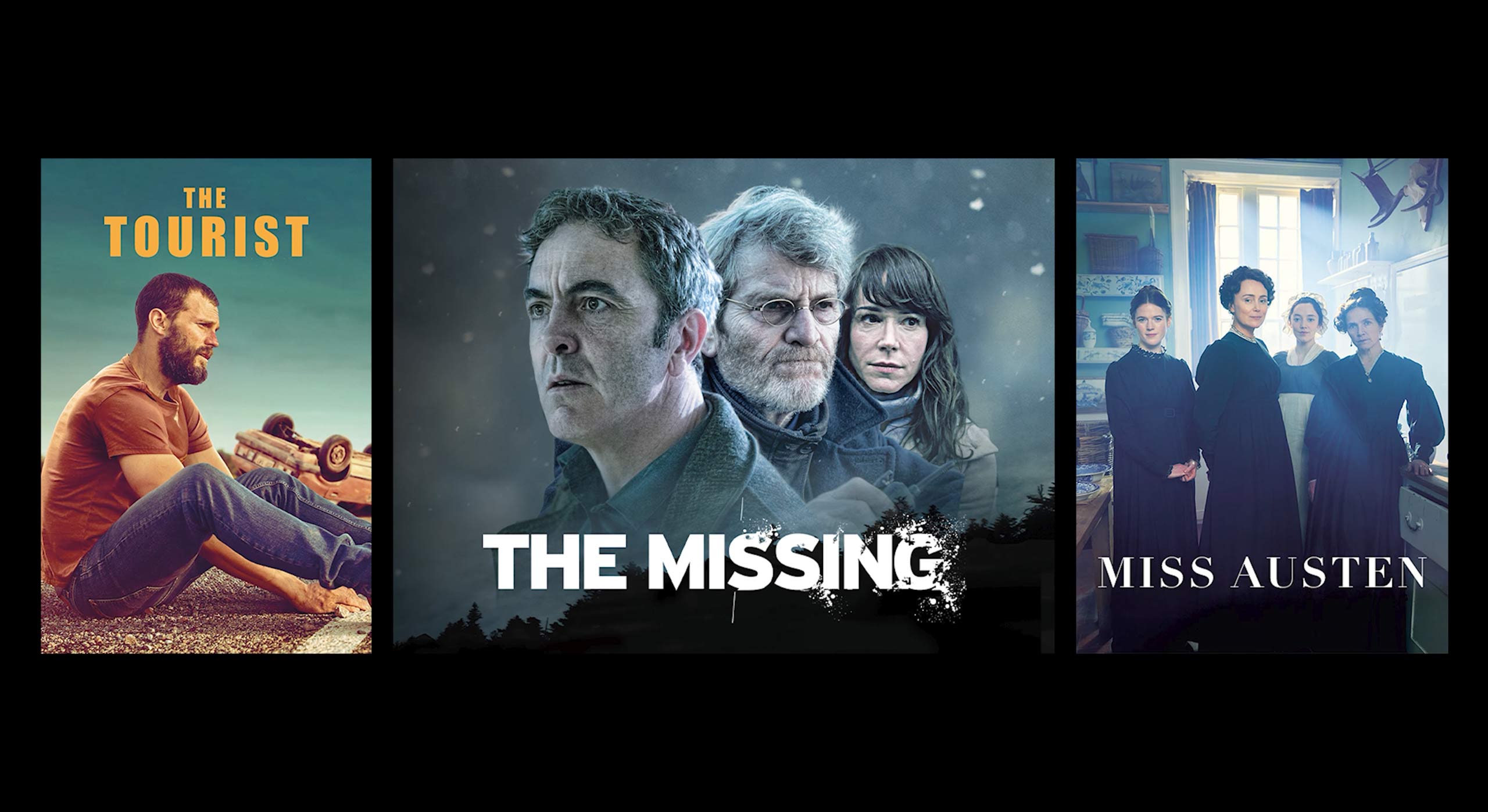
On scoring Period Dramas
Just like the script and visuals, Film and Television leans heavily on its soundtrack. A well-constructed score can subtly convey emotion, elevate the story and lead you through the narrative. As much of Dominik’s work resides in historical places and times, we were curious to know how much of an influence that has on his choice of instrumentation and musical styles.
“Well, I think when you’re scoring a period film or TV series, that doesn’t mean you have to be authentic to the period,” Dominik explains. “Because I think ultimately what people want is a more ‘cinematic experience’.
“You can definitely hint at it. I always do extensive research for anything I do, whether it’s a location or the time period. And I do enjoy the research part, because it’s often when your first ideas start to form.
“That could be a specific instrument you hadn’t thought of, or a musical idea sparked by looking at sheet music from the period.
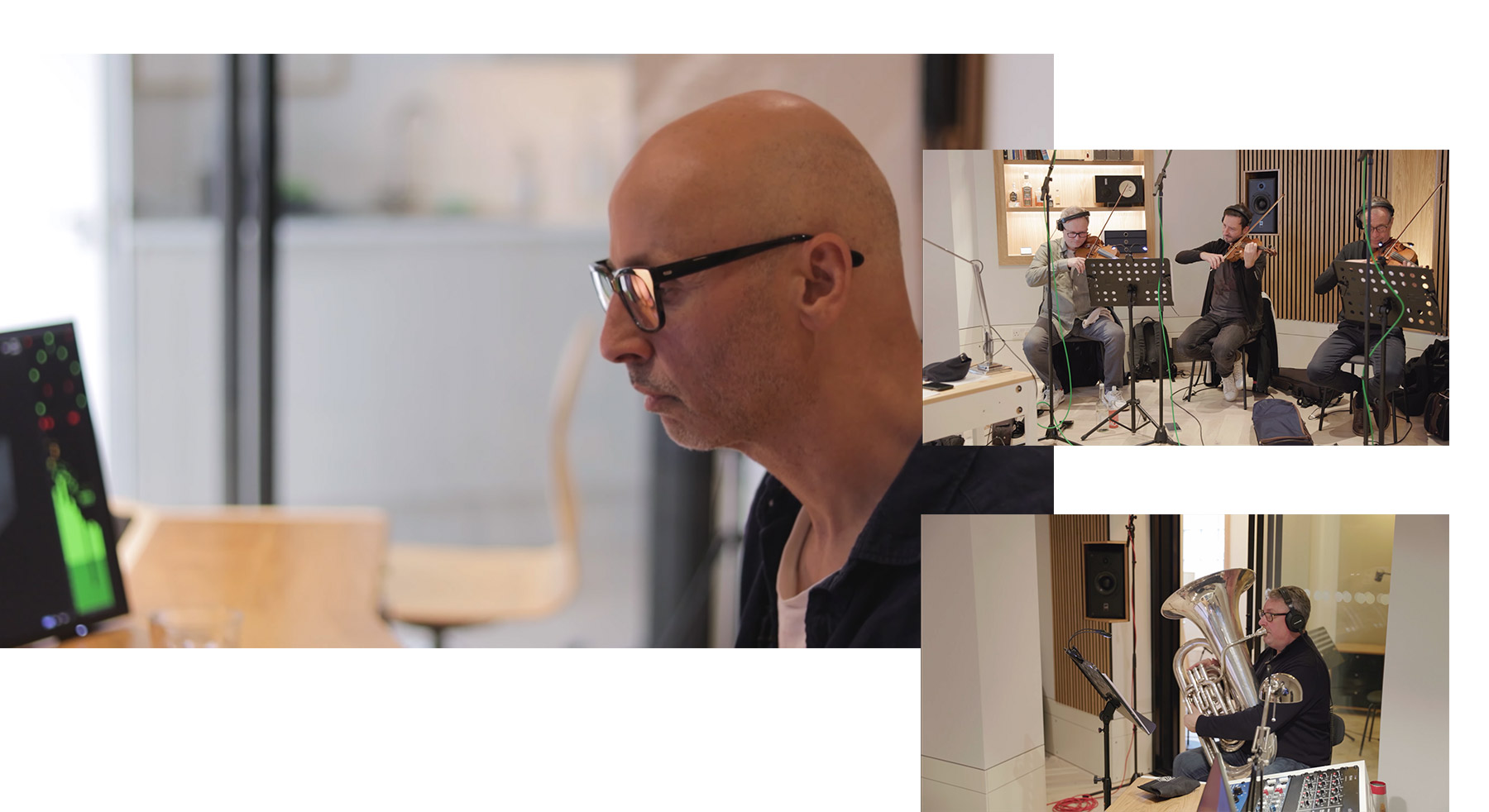
“Working on Miss Austin for example, I knew Jane Austen herself was an accomplished pianist. So I looked up what kind of songs she liked to play, which was mostly more popular songs, rather than say Beethoven or famous classical pieces. So that became another source of inspiration.
“I think there are potentially soundtracks that exist which are completely accurate to the period, but I don’t think that’s done too often. Even with something like Amadeus, there’s a lot of stuff in there that‘s not really Mozart or true to the time period. But it still gives that illusion that it takes you back to that time.
“I mean it’s similar to other parts of the production – the costumes and makeup may not be done exactly how it would have been 200 years ago etc. It’s usually more about creating something new that appeals to audiences now.
“I did a show called Ripper Street, which was set around the time of Jack the Ripper in the East End of London. It was a sort of ‘big thriller’, and it had to have a kind of muscular, amplified bass.
“But I did feed in some instruments that would have been used in the period, like the Banjo, which was used a lot in music halls around here at the time. And then just some solo fiddle – because there was a lot of Irish immigrants – and other plucked elements.
“So sure, you may want to include some elements like that, but ultimately the goal is to create something cinematic and grand.”
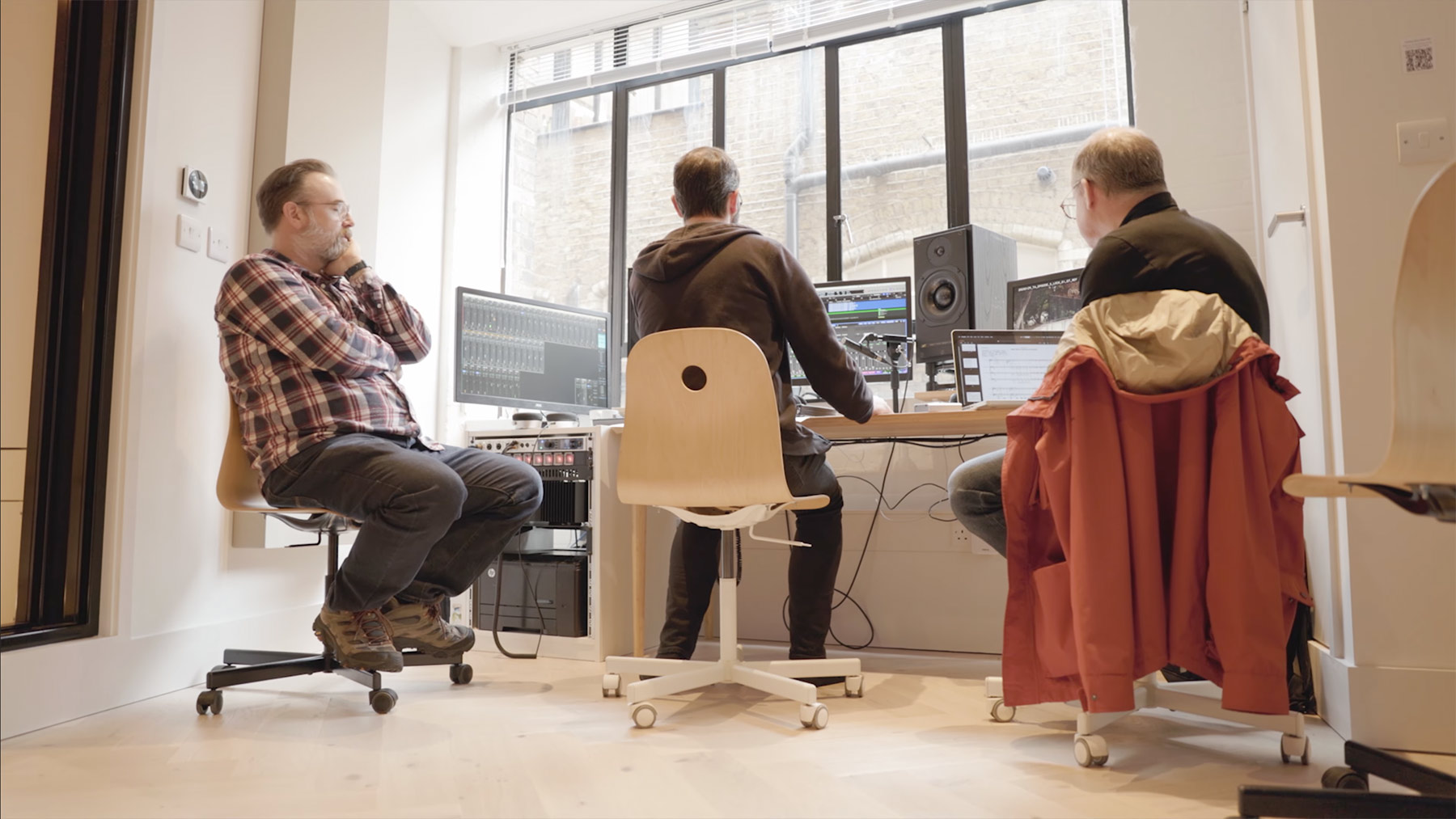
Dominik Scherrer on Process and Workflow
Dominik likes to begin early in the production pipeline, often writing themes from the script alone. “My ideal workflow is that I start early,” he says. “So once I’ve been sent a script, we’ll have a chat with the show runner, the director or the lead director, about what kind of things could work.
“Everyone is quite open-minded at this stage, and in this field you don’t generally get a brief. I used to write music for commercials occasionally, and there you always had a clear brief from production, a specific style or genre. Whereas with film music you’re generally expected to come up with the concept yourself.
“I pick out maybe five scenes where I know music will be important, and score them without any picture initially.
“Then they start shooting, and I may even go and visit them on set, so I can get a bit of ‘the vibe’ of the production, and see the cast. Sometimes the little conversations that you have during this time can become quite important.
“And then I start to send these tracks to the cutting room. Some things won’t get used at all, so that in itself can be an indication of the direction we should go. So it’s sort of a playful, organic process that happens gradually. On any production they always have to use music for the cut anyway, and I’d rather for it to be my own music that’s especially made for the show, rather than them using third party temp music.
“Eventually you’ll have a sort of mocked up soundtrack that you then send off for approval. You may get sent some feedback, and you’ll have a bit of a back and forth. That’s quite a fun part of the process – I quite like having the production’s input, because now you really begin to understand what the whole story is about.
“And then eventually you will orchestrate your cues, working with an orchestrator to prepare all the sheet music, before recording all the orchestral parts or any live parts. Be this at Abbey Road or Air Studios in London. But now any kind of smaller line-ups we may do in here. We can do up to 13 or 14 players, so we have that flexibility if the big studios aren’t available.”
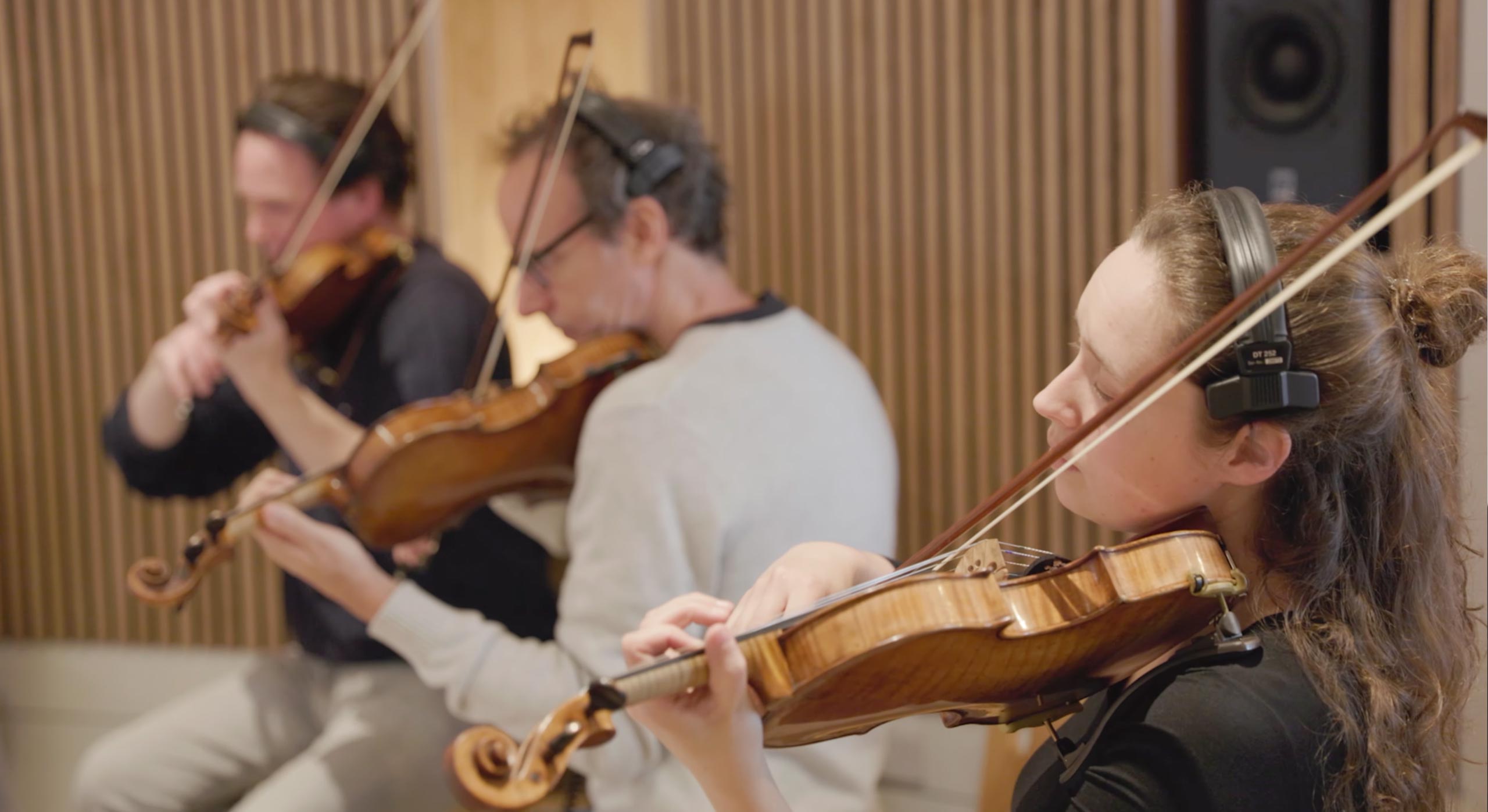
Designing Shoreditch Recording Works
With up to 14 live players at a time, Shoreditch Recording Works was built to handle exactly this type of work. After years in a smaller Brick Lane studio, Dominik set out to build a larger space that could double as both a control room and live room – ideal for chamber lineups, overdubs, and immersive mixing. Built with Miloco Studios, the acoustics are tuned for transparency and are Dolby Atmos-ready.
“My spec was to have the space to record a string section of 14 players, but also to have an acoustically optimised environment for mixing. We have a large control room which was intentional – rather than having a small control room and another live room, we just wanted to make one big, beautiful space where you can record, write and mix in as well.
“If you think about strings, that means three first violins, three seconds, three violas, maybe two or three celli, and then there can be some double basses, which here we can have in the room next door. You can have the window or the double doors open, so you have a bit of separation but keep it natural.
“A lot of studios in the area are very much mix-based, but they’re not so well set up for recording. I wanted both – a room with a great mix set up which can also be used to create really good recordings.
“We also wanted to have Dolby Atmos capabilities which we can do in here, 7.2.4. But I also wanted to have acoustics that will translate really well to any kind of dub stage, plus have the room for outboard. So that was my spec, and we worked with Miloco on the design. It took a while to build it, but now we’re here.
“It was previously a kind of meditation centre for Buddhists. I liked that idea, so hopefully some of that vibe is still here now. Plus we are in a sort of cool area in this part of town, Shoreditch, and it’s a place where people like to come and hang out.
“It’s good for modern chart music productions too, who often have a lot of writers on one song. It’s quite collaborative, so big teams can come in here. Writers can have their own little workstations and keyboards set up, and you can be doing vocals next door.
“It’s also completely silent in here, which lets us record things like really quiet strings, where they’re using the lightest of touches. That all really works in here. I’ve had trouble with that kind of thing in the past, because even when you think it’s quiet it never completely is, and you have to go in with noise removal and RX to remove it.
“We also have a smaller live area. The piano is going in there in a couple of weeks. We can also do drums, and we did a lot of brass in here on one production that we’ve just finished up. That actually worked out really well, and sounded very nice!
“I do have another studio at home where I do a lot of writing still, and I’m happy because I can do my little tunes there, then can bring them in here and we make it all sound really good.”
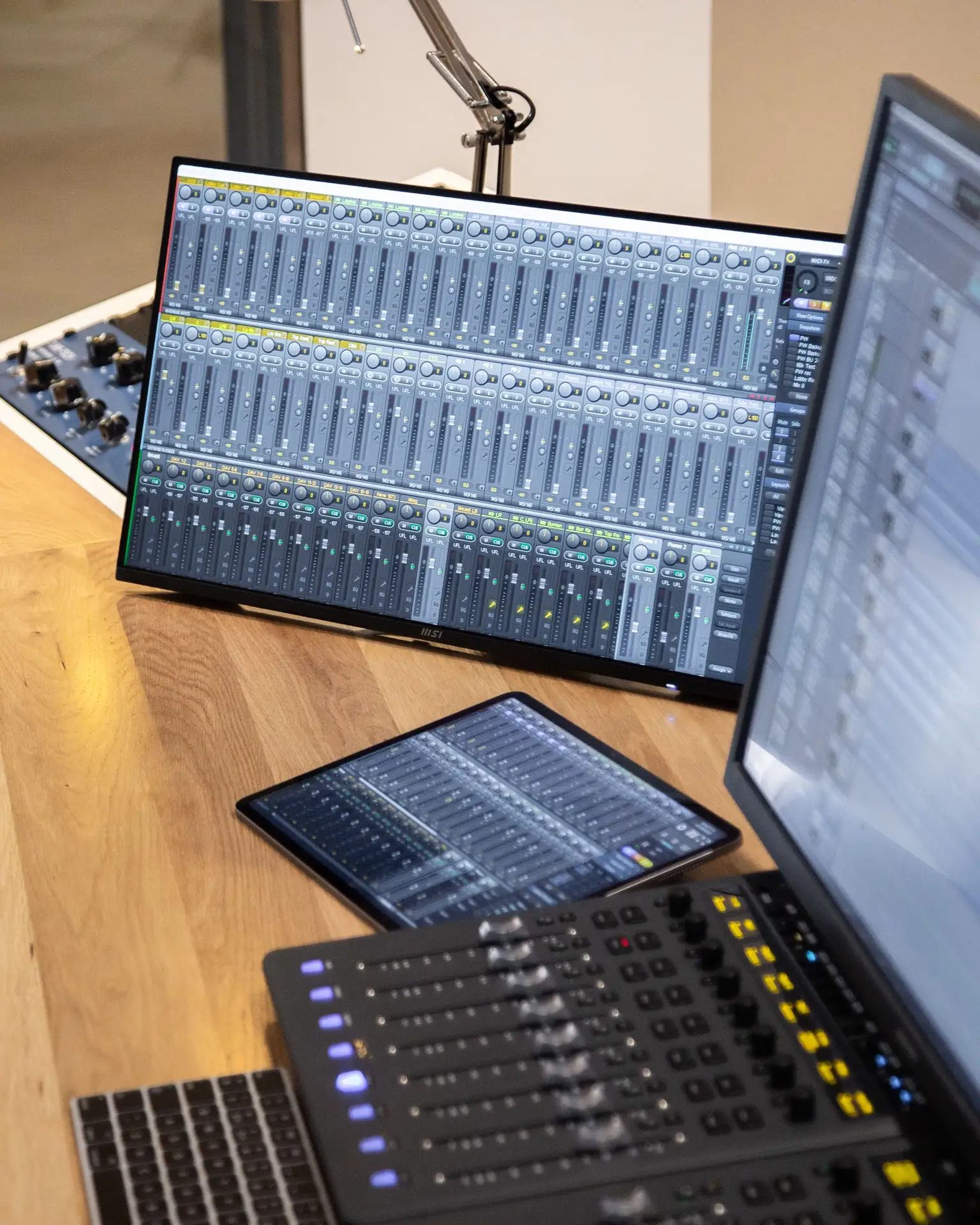
Digital-First Philosophy
One of the most striking features of Studio Recording Works is the lack of a traditional mixing desk. Instead, the entire routing and monitoring setup runs digitally via RME’s TotalMix FX and MADI-based infrastructure.
“I think there’s a lot of studios where an analogue desk is the centrepiece, Dominik says. “Especially with a studio of this size and spec, because that’s what people want to see. Maybe some people still prefer an analogue desk for tracking, and they’re great for that. But for everything else it’s basically in the way.”
“Actually one of the inspirations was a studio called Miraval in the South of France, Brad Pitt’s property where they rebuilt the studio. Their studio is bigger than this and it looks fantastic, and it has no analogue desk. I thought, ‘if they had the courage to be as bold, then we can do the same’.”
This approach allows for the placement of an 88-key digital piano front and centre, as well as eliminating unnecessary signal degradation from additional analogue stages.
Instead, routing and monitoring are handled via RME’s TotalMix FX, part of a fully MADI-based digital system anchored by RME’s HDSPe MADI FX card.
“TotalMix allows us to do all the routing, cue mixes, everything,” Dominik says. “It’s really become the centrepiece here.”
“We still have some outboard, which is all running through an analogue patchbay but with digital control, so you can recall your patches without physically changing any of your cables.
“The outboard is more geared towards ‘vibey’ – I think most of it is valve-based. It’s just to have another option, because everything else of course is a purely digital, in-the-box workflow. But it’s there if people want that sound.”
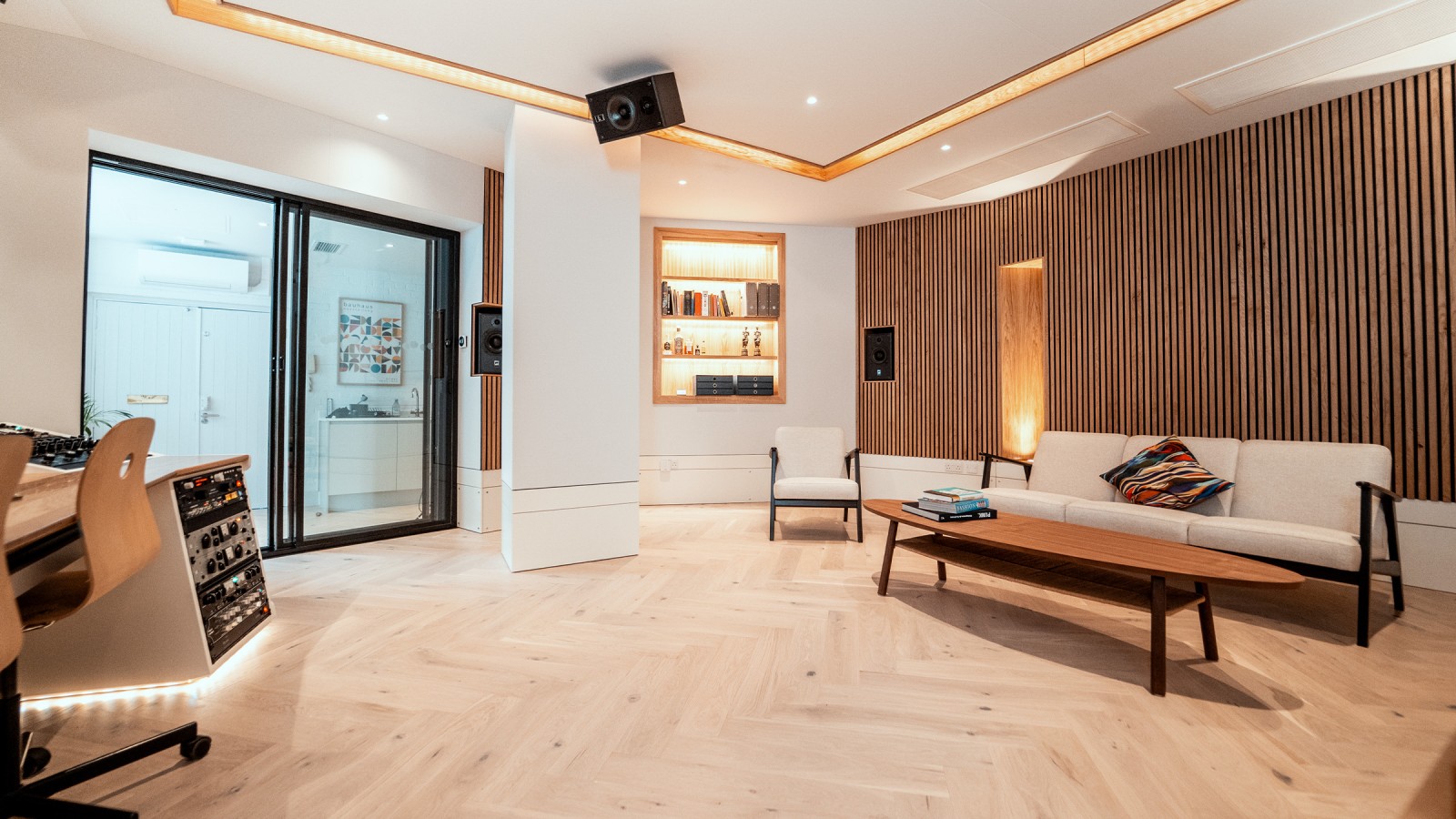
RME in the Heart of the Studio

Dominik’s studio leverages an extensive RME setup:
- RME HDSPe MADI FX Card in the machine room
- RME M-1620 Pro-D for interfacing with outboard gear (via MADI, but also with the option of Dante)
- RME 1610 Pro for 16 DAV Broadhurst Gardens mic preamps wired directly in
- RME Fireface UFX II kept in class compliant mode for plug-and-play sessions with visiting producers or artists
- RME Fireface UFX+ in the programming room
All of which is interconnected over MADI, with TotalMix FX managing up to 192 I/O streams, extensive submixing and remote control.
“There are a few possibilities,” Dominik says of his choice of running a console-less studio. “Yes, an analogue desk is one. Or you could have a digital desk. You can run another Pro Tools HDX system on another computer. Or you can use a software mixer like RME’s, which is latency-free and runs on the hardware of your interface, which is the route we decided on.
“When you compare the different DSP-based mixers available from other companies, you find that TotalMix is by far the most flexible.
“TotalMix is by far the most flexible”
“So that’s become the centrepiece here really, with an RME MADI FX card that sits on a PC in the machine room. It has 192 inputs and outputs, and so everything is basically connected to those and can be controlled by TotalMix, which runs all the sub mixes for the artists, and all the outputs to the metering. What then comes out of that goes into the converters of which we have a few different ones. Some RME like the M-1620 Pro, as well as some from Merging Technologies, and a room optimisation system called Trinnov.”
“Then we’ve got an RME Fireface UFX II in here, which is really here for other third party clients to plug into via USB, and then goes digitally into our ecosystem here. You can put the UFX into class compliant mode to speed things up – we just did that with an artist the other week. That worked really well, they don’t have to install anything – just plug in via USB and they’re away.”
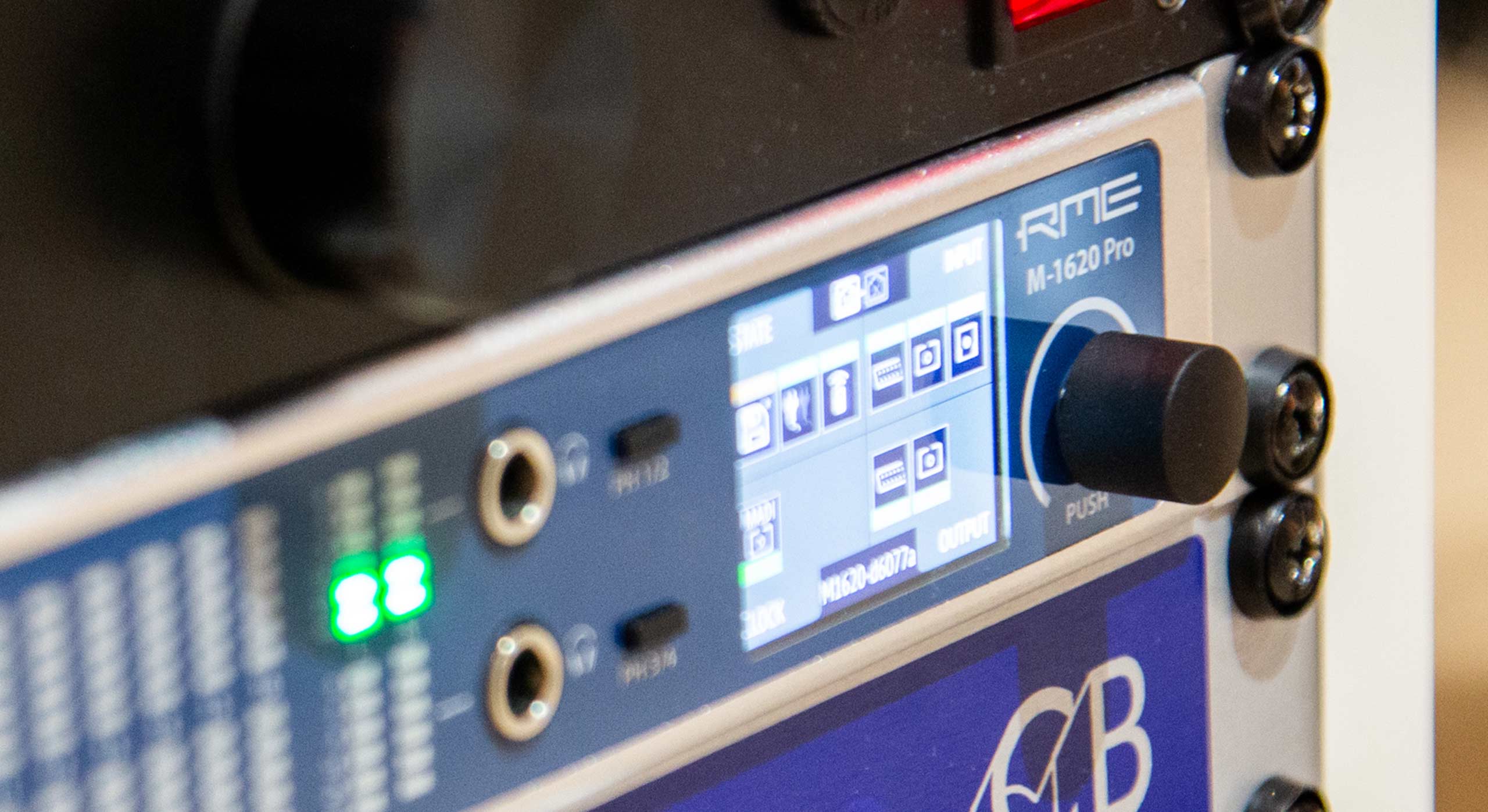
Why the RME M-1620 Pro?
Alongside the RME sound card and two audio interfaces, Shoreditch Recording Works also features a couple of different dedicated AD/DA converters from RME – including the new M-1620 Pro-D.
“We started adding these external converters at some point,” Dominik says on the question of choosing a converter. “I’ve got the 1610 that I was using in the old studio. Because at the time we thought ‘all right, let’s get the highest spec we can get, for our string quartet recordings for example.’
“So that was working well, and then at some point the 1620 Pro was announced, and I thought that’s really good because I can connect it via MADI, but also it can convert from MADI to Dante.”
While MADI remains the studio’s backbone due to its ultra-low latency, the 1620 Pro acts as a futureproof gateway if the studio decides to add more AoIP devices.
“We’re not using any Dante equipment in here yet, but I’m sure we will eventually. So we already have this gateway. The remote control software is also very clear, it’s not annoying to use, which is more than I can say for others. So yes, the 1620 is working really well.”
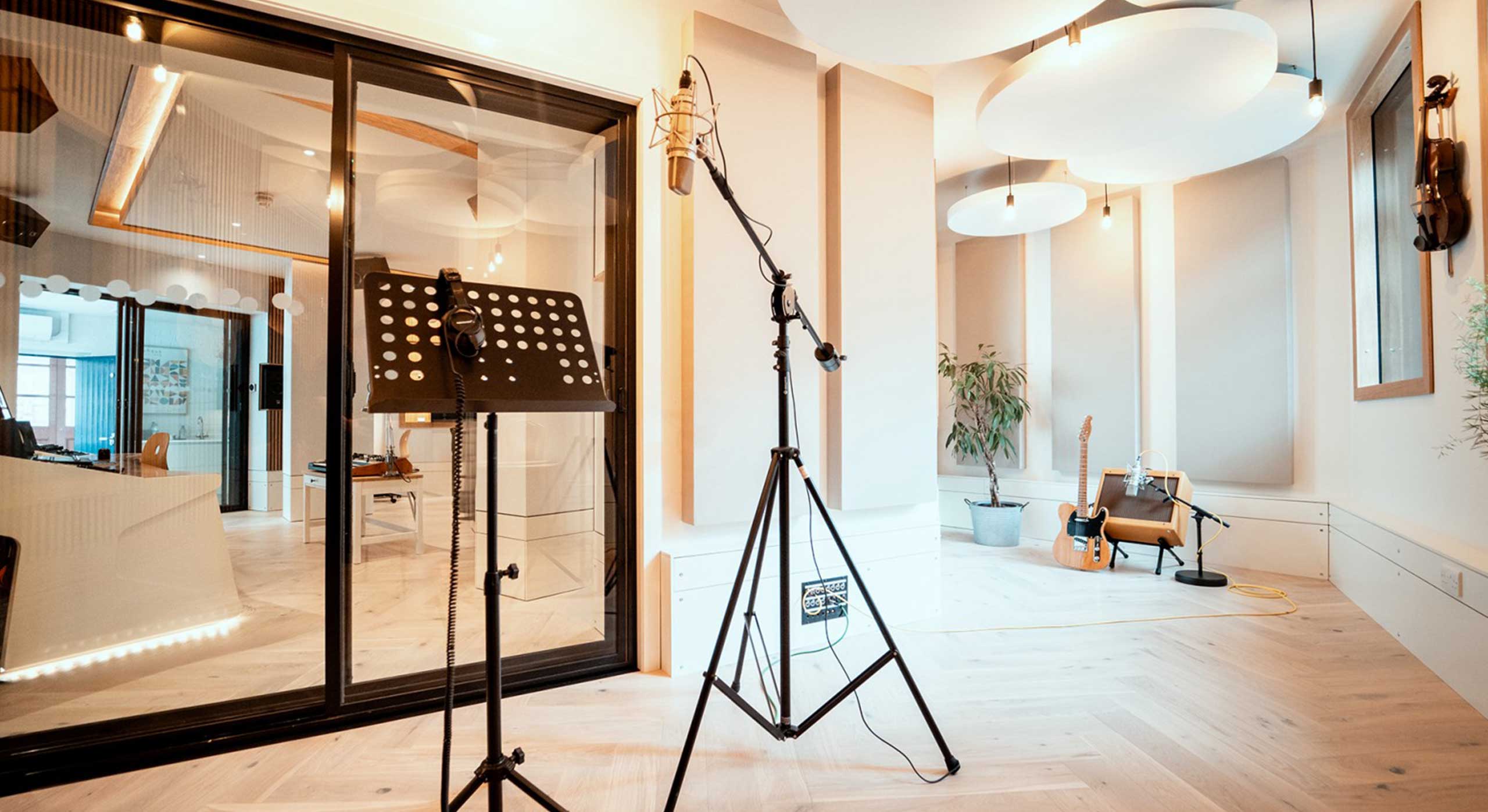
Advice to Young Composers
Dominik’s advice for aspiring film composers is simple: “Focus on something that you find interesting and do it well, rather than being a jack-of-all-trades.
“I see a lot of show reels from aspiring composers, and often it will include a classical track, an action track, an electronic track etc. It’s like the whole spectrum is covered. They’ll have this huge range, but I’m thinking, ‘what do you really want to do?’
“When I started, I didn’t even really know anything about film scoring. I was just excited about putting music to film. I made my own films, just going into the woods with a camera, just to put my own music to it.”
“So I think my advice to an aspiring composer, would be to concentrate on what excites them personally, rather than second guessing what other people might want. And of course to just keep trying, keep working, keep learning. Find any short film that you can provide a score for, even if it’s something short or simple. The more you do, the more you understand where the excitement lies.”
Our thanks to Dominik Scherrer. The Assassin is out now on Amazon Prime.
For more information on Shoreditch Recording Works visit the Miloco Studios website.
